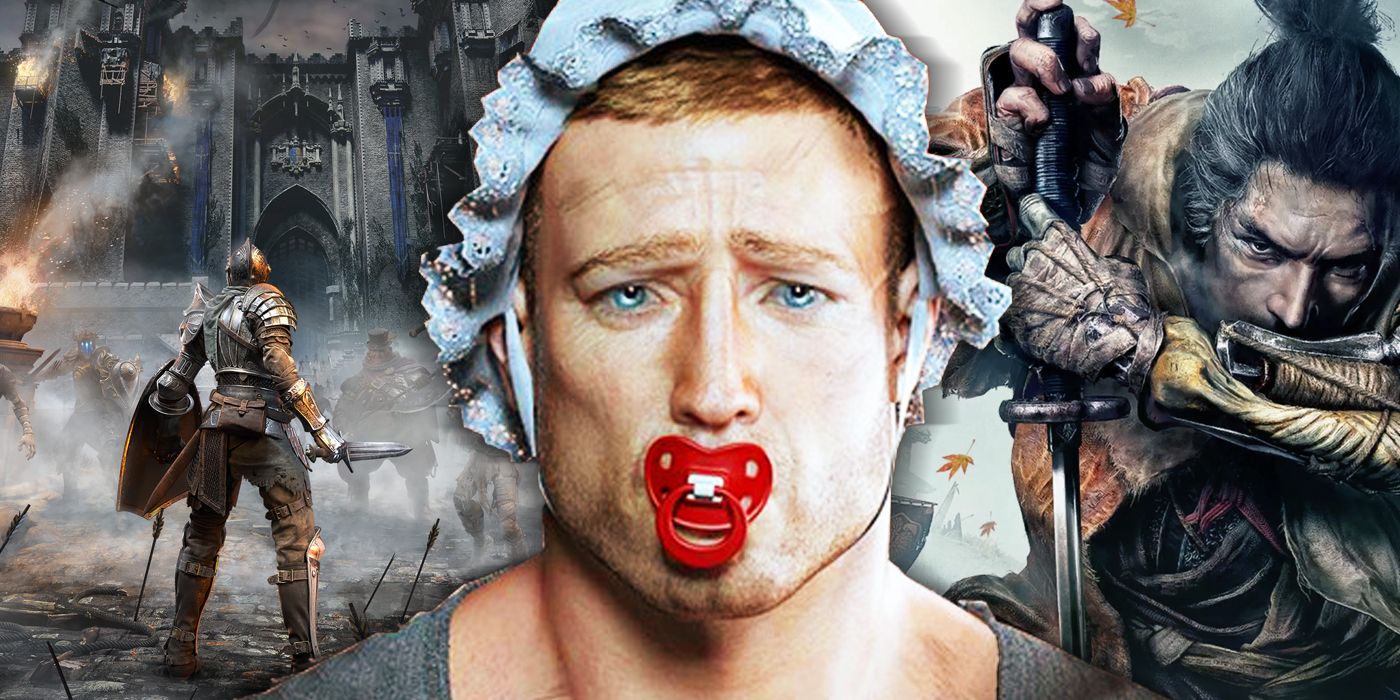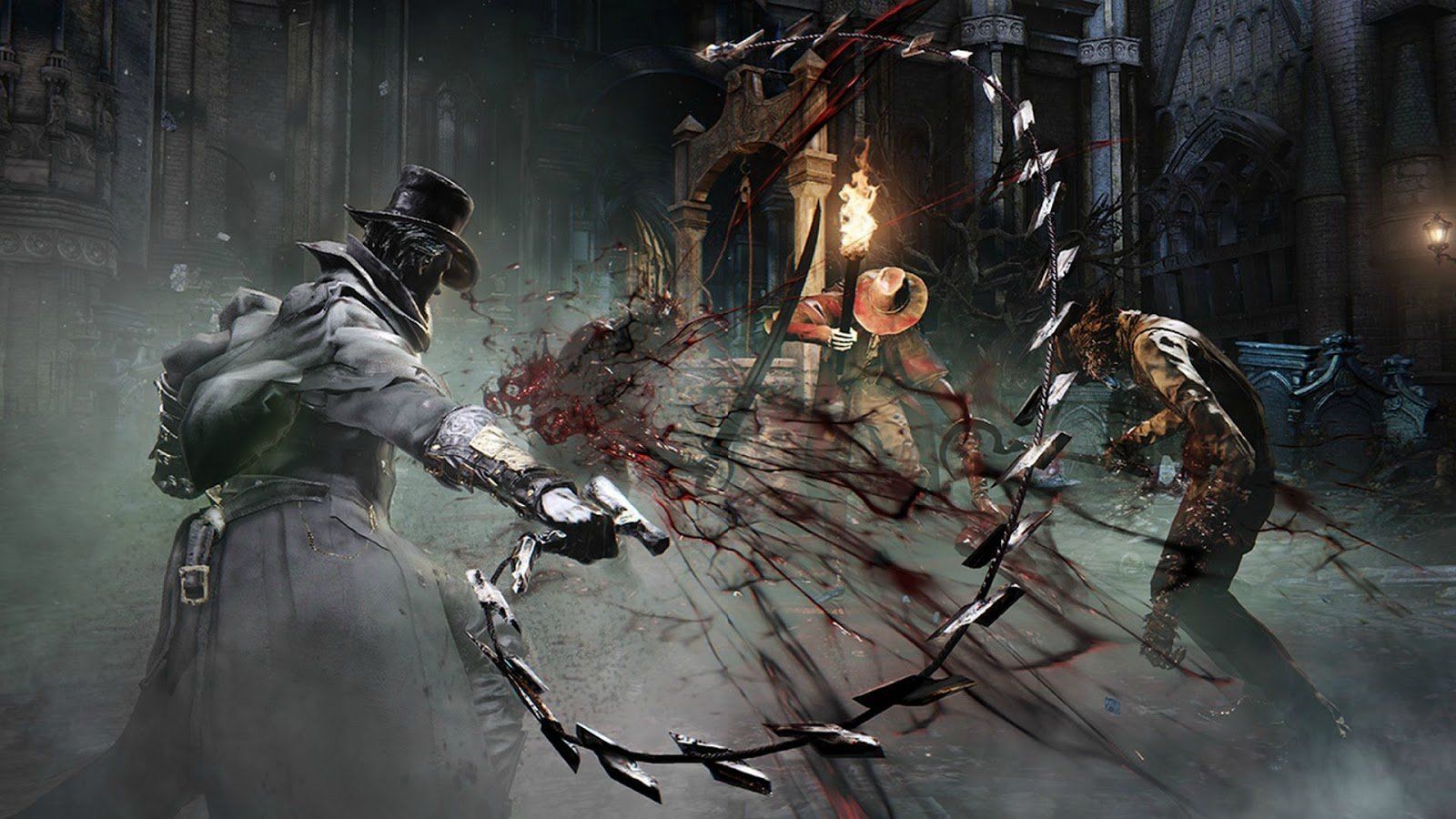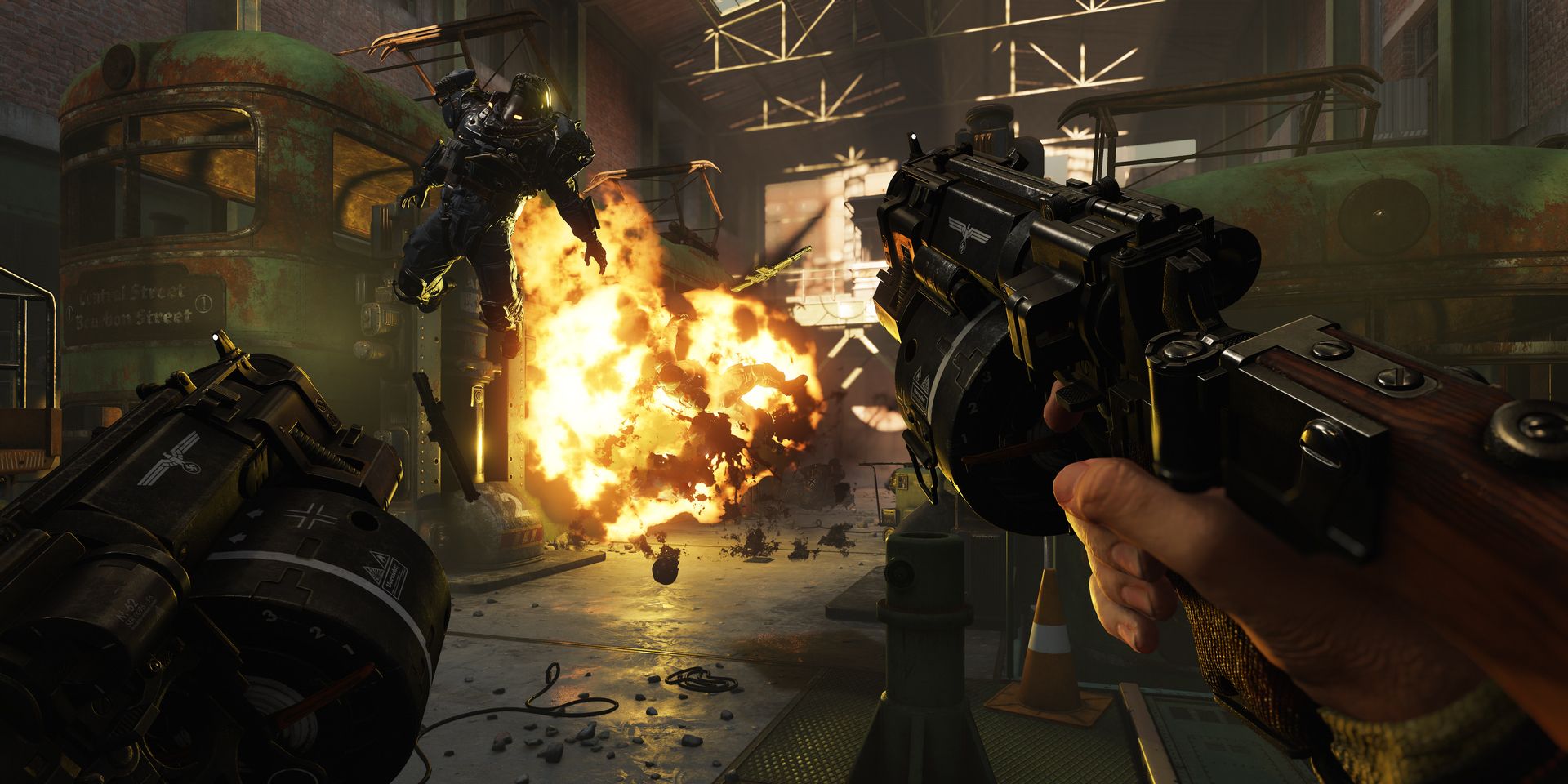Difficulty is an age-old conundrum when it comes to video games. There are many out there that exist solely for the challenge of overcoming their immense difficulty, but that in itself has sparked debate. Some would argue that for certain games like Dark Souls, the difficulty is what makes it rewarding, but others feel like some players miss out on the experience because of the lack of an easier difficulty. Many question where difficulty draws the line, and if games should all include an easy mode or embrace their difficulty curves.
Games like Bloodborne feature a high difficulty as part of their design. These are games where players learn through trial and error in order to improve, but it's not as simple as that. There are many that would enjoy the world and lore of games such as these, but because they are either less skilled or have less time to commit, the difficulty proves to be a tall mountain to climb. Some fans see an easy mode as a cheap option that takes away from the reward of completing such a game, but having an easy mode wouldn't strip the game of all its challenge or identity.
What easy mode options have going for them is the idea of accessibility. The current gaming climate has strived to move in a direction where all gamers can play what they want to, and adding in more difficulty options make games more accessible for disabled or impaired gamers. Having an easy mode option allows these players to build themselves up to the experience the games want them to have on higher difficulties, or even to experience them at all. This is especially prudent because so many new faces join the gaming community every day.
Many gamers fight against the notion of adding easy modes because it seems like it takes away from the challenge they're seeking, but it doesn't have to be that. An easy mode could be as simple as a few more pointers or a small saving grace somewhere in the game, something that wouldn't overly change the core experience. Doing this would make a balance between having the game in question be a slog or having it be challenging and fun for anyone interested.
A great example of a game that benefits from having an easy mode despite being challenging is Capcom's Resident Evil HD. This remake featured many aspects that made things difficult despite an overall lower difficulty, so the game still offered a challenge while not being frustrating. It shows that having an easy mode doesn't necessarily stop the challenge and invalidate what is otherwise offered. Games like this are a great indicator of varying difficulties being able to exist together no matter the game in question.
Some games try their hardest to entice the player into a harder difficulty even when an easy one is offered. Some, like Wolfenstein: The New Order, will actually insult the player for choosing an easier mode. A rare example of games avoiding this is Shadow Warrior 2, which tells players that sometimes, you just want to kick back and have fun, and you have nothing to prove to anyone. More games could use that understanding nature when it comes to difficulty and enticing the player. Not everyone is out to give themselves a giant challenge, and they don't need to be shamed for that at all.
While the idea of a challenge is always nice and a harder difficulty serves as a great challenge for gamers, it doesn't suffer any by there being an easy mode, but instead prospers even more. Easier difficulty modes entice new or less skilled gamers to try out your game. It also provides more accessibility without needed to fully dampen any challenge. Despite claims that easy modes ruin the experience, the ability to enjoy games at your own pace and the accessibility it provides for all gamers make difficulty options an easy choice for any title.



